 |
DERIVING THE MONETARY POLICY REACTION CURVE |
| << MONEY GROWTH, INFLATION, AND AGGREGATE DEMAND |
| THE AGGREGATE DEMAND CURVE:Shifting the Aggregate Demand Curve >> |
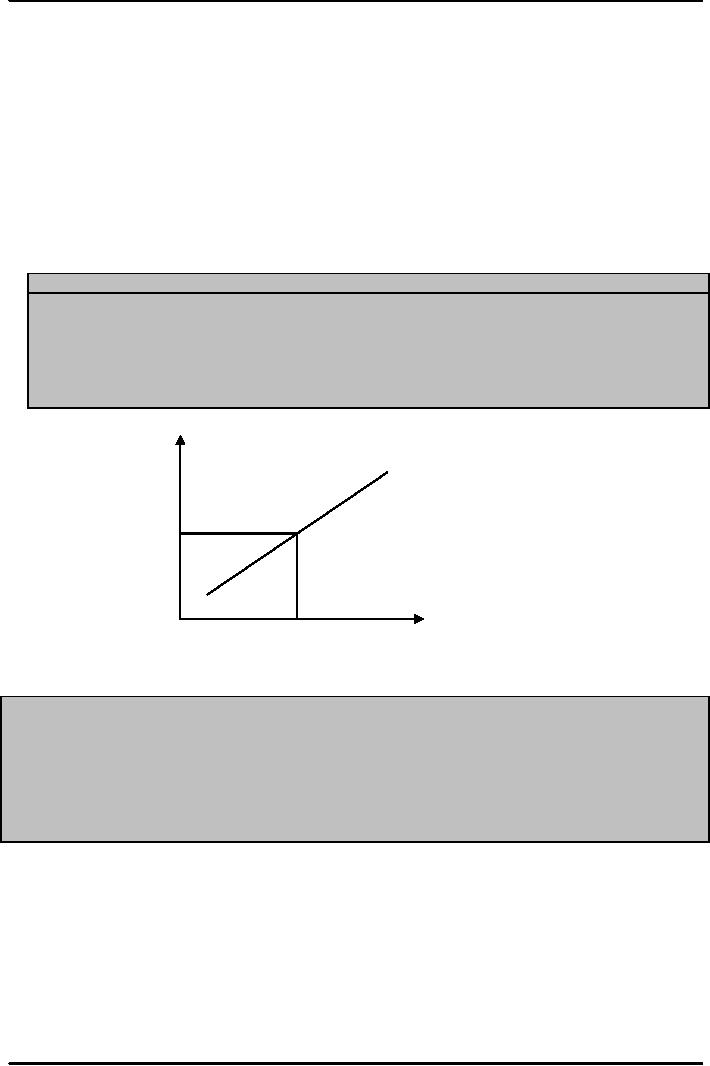
Money
& Banking MGT411
VU
Lesson
41
DERIVING
THE MONETARY POLICY REACTION
CURVE
To
ensure that deviations of
inflation from the target
are only temporary,
monetary
policymakers
respond to change in inflation by
changing the real interest rate in the
same
direction.
The
monetary policy reaction
curve is set so that when
current inflation equals
target
inflation,
the real interest rate equals the
long-run real interest rate.
The
slope of the curve depends on
policymakers' objectives;
When
central bankers decide how
aggressively to pursue their
inflation target, and how
willing
they are to tolerate
temporary changes in inflation,
they determine the slope of the
curve
Figure:
The Monetary Policy Reaction
Curve
A.
The Monetary Policy Reaction
Curve
Monetary
policy makers react to
changes in current inflation by
changing the real interest rate.
Increases
in current inflation lead them to
raise the real interest rate, while
decreases lead them to
lower
it. The monetary policy
reaction curve is located so that the
central bank's target
inflation is
consistent
with the long-run real interest rate,
which equates aggregate
demand with potential
output.
Real
interest
rate
(r)
Monetary
Policy
Reaction
Curve
Long
Run
Real
Interest
Rate
(r*)
Inflation
(š)
Target
Inflation
(šT)
B.
Movements along the Monetary Policy
Reaction Curve
The
long run real interest rate
in an economy is roughly 2.5% and
the central bank's
implicit
inflation
target is approximately 2%.
The monetary policy reaction
curve implies that a
1%age
point
increase in inflation calls
for a half %age point
increase in the real
interest rate--- a
movement
along the monetary policy
reaction curve. That means
that an increase in
inflation
from
2 to 3 % calls for an increase in
the real interest rate from
2.5 to 3 %.
127
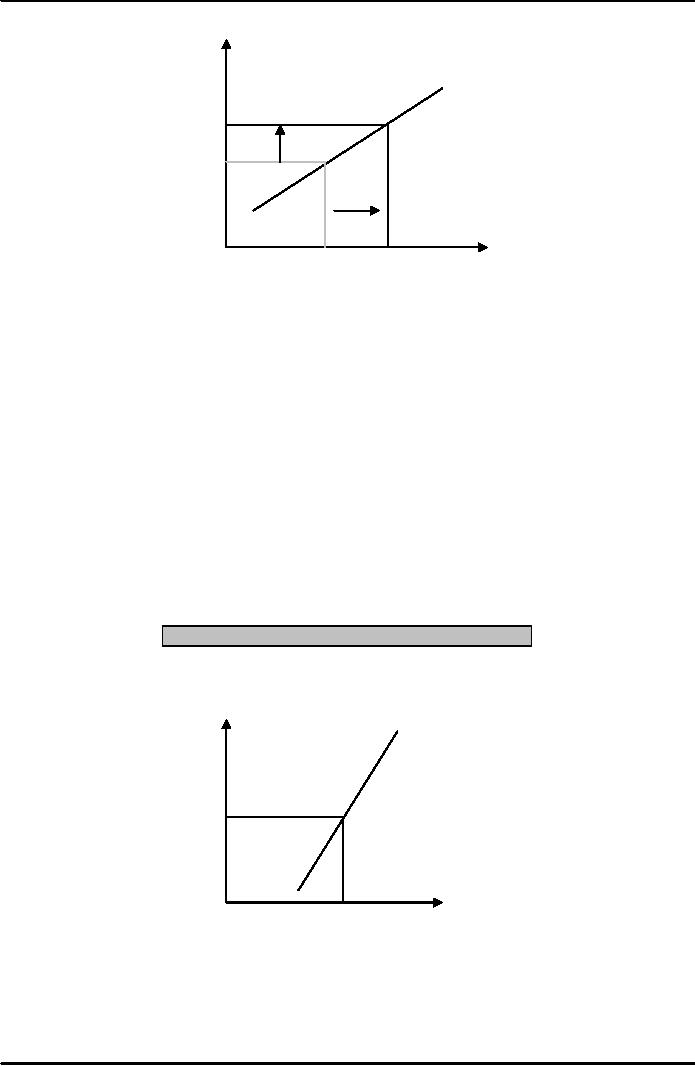
Money
& Banking MGT411
VU
Real
interest
r
increases from
Monetary
Policy
rate
(r)
2.5%
to 3%
Reaction
Curve
3%
Long
Run Real
Interest
Rate
š
Increases
(r*=2.
5%)
from
2% to
3%
Inflation
(š)
Target
3%
Inflation
(šT=2%)
Shifting
the Monetary Policy Reaction
Curve
Policymakers
who are aggressive in
keeping current inflation
near target will have a
steep
curve,
meaning that a small change
in inflation will be met
with a large change in the
real
interest
rate
A
relatively flat curve means
that central bankers are
less concerned than they
might be
with
keeping current inflation
near target over the short
term.
The
monetary policy reaction
curve is set so that when
current inflation equals
target
inflation,
the
Real
interest rate equals the long-run real
interest rate.
r
= r* when š
=
šT.
When
policymakers adjust the real interest rate
they are either moving
along a fixed
monetary
policy reaction curve or
shifting the curve.
A
movement along the curve is a reaction to
a change in current inflation; a
shift in the
curve
represents a change in the level of the
real interest rate at every level of
inflation.
Figure
A: Monetary Policy Reaction
Curve
Real
Interest
Monetary
policy
rate
(r)
reaction
curve of a
central
bank that is
aggressive
in keeping
Long
Run Real
current
inflation close
Interest
Rate (r*)
to
its target in the
short
run
Inflation
(š)
Target
Inflation
(šT)
128
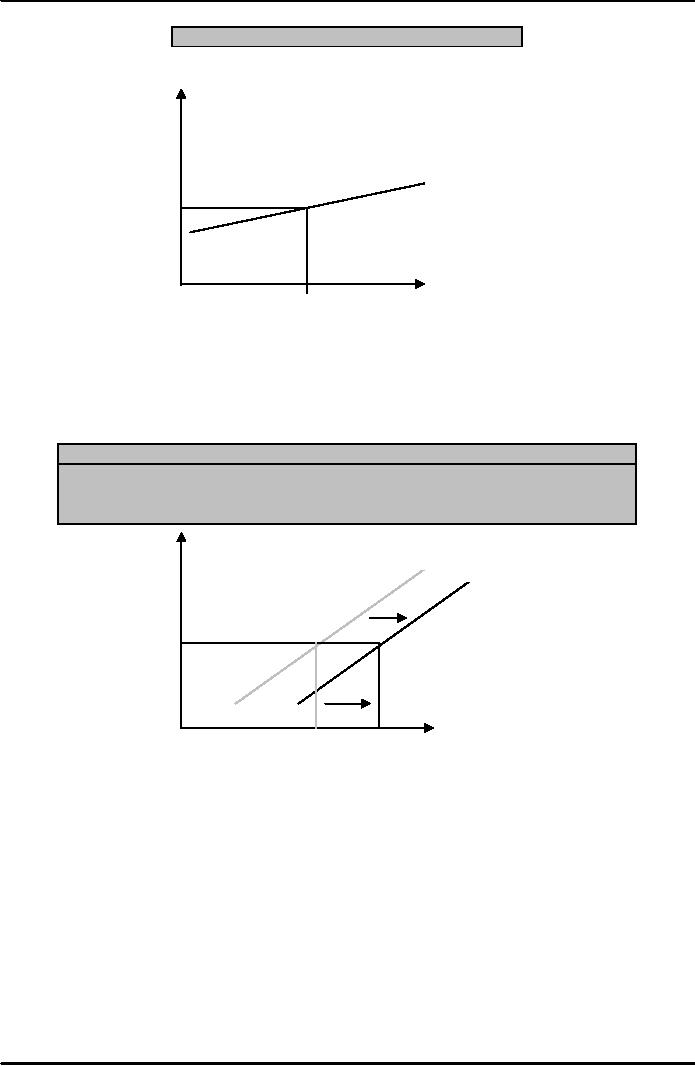
Money
& Banking MGT411
VU
Figure
B: Monetary Policy Reaction
Curve
Real
Interest
rate
(r )
Monetary
Policy
Reaction
Curve of a
central
bank that is
less
concerned about
Long
run real
keeping
current
interest
rate (r*)
inflation
near
its
target
in the short run
Inflation
(š)
Target
If
either target inflation or
theIlolagi-on nšreal
interest rate change, then the entire
curve will
n
t ru (
T)
nf
shift
With
a higher inflation target, the
central bank will set a
lower current real interest
rate at
every
level of current inflation,
shifting the monetary policy
reaction curve to the right
(a
reduction
would have the opposite
effect).
Figure
A: An increase in the Central
Bank's Inflation
Target
An
increase in the central bank's
inflation target from an
initial level of šo
to the
new
level
of š1
shifts the
monetary policy reaction
curve to the right, lowering the
real
interest
rate at every level of current
inflation.
Real
Interest
Old
New
Rate
(r)
Long
Run Real
Interest
Rate
(r*)
New
Target
Inflation
(š1)
Inflation
(š)
Initial
Target
Inflation
(šo)
The
long-run real interest rate is determined
by the structure of the economy;
If
it were to rise as a result of an increase in
government purchases (or
some other
component
of aggregate demand that is
not sensitive to the real interest rate)
then the
monetary
policy reaction curve would
shift left
129
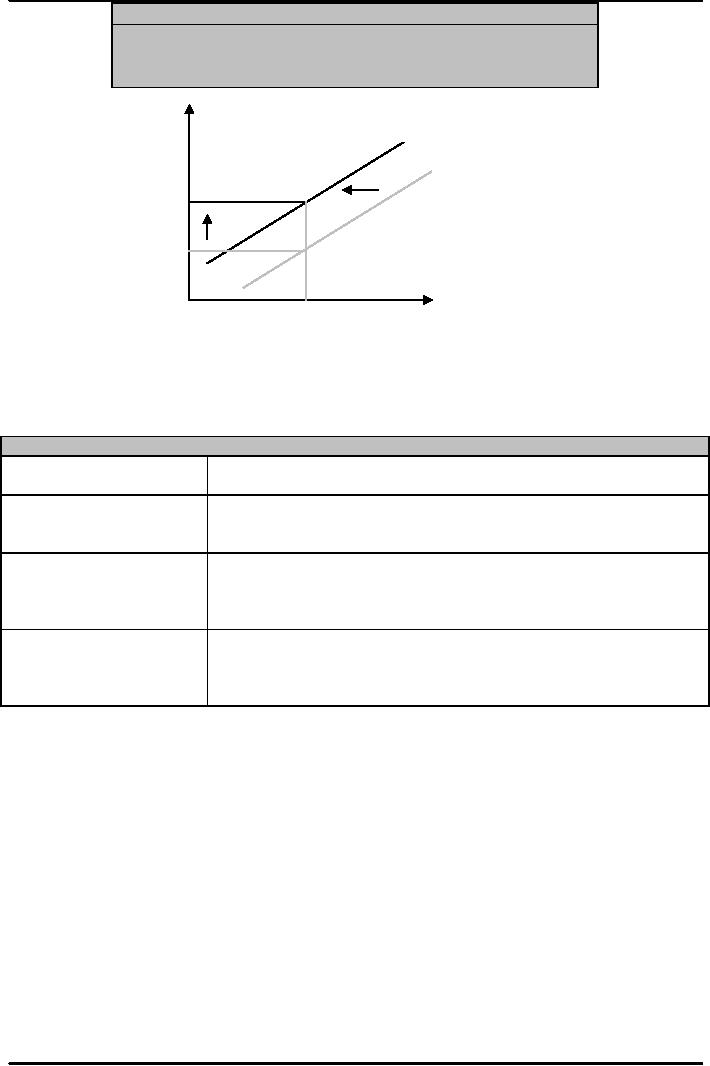
Money
& Banking MGT411
VU
Figure
B: An increase in the Long-run real
interest rate
An
increase in the economy's
long run real interest rate
from ro
to
r1 shifts
the monetary policy reaction
curve to the left,
raising
the
real interest rate at every
level of current
inflation
Real
interest rate
New
(r)
Old
New
Long run
real
interest rate
(r1)
Initial
Long Run
real
interest rate
(ro)
Inflation
(š)
Target
Inflation
(šT)
Any
shift in the monetary policy
reaction curve can be characterized as
either a change in
target
inflation or a shift in the long-run
real interest rate
The
Monetary Policy Reaction
Curve
The
relationship between current inflation
and the real interest rate set
by
What
is it?
monetary
policy makers
Drawn
so that, when current
inflation equals target
inflation,
What
determines its
policymakers
will set the real interest rate
equal to the long run
real
location?
interest
rate
Policymaker's
attitude toward inflation.
The more aggressive
What
determines its
policymakers
are in keeping current
inflation close to target
level, and
slope?
the
less tolerant they are of
temporary changes in inflation, the
steeper
the
slopes
In
response to changes in either the
long run real interest rate or
the
When
does it shift?
central
bank's inflation target. An
increase in the long run
real interest
rate
shifts the curve to the left. An
increase in the inflation target
shifts
the
curve to the right.
The
Aggregate Demand Curve
When
current inflation
rises
Monetary
policymakers raise the real interest
rate, moving upward along the
monetary
policy
reaction curve
The
higher real interest rate reduces
consumption, investment, and net exports
causing
aggregate
demand (output) to
fall.
130
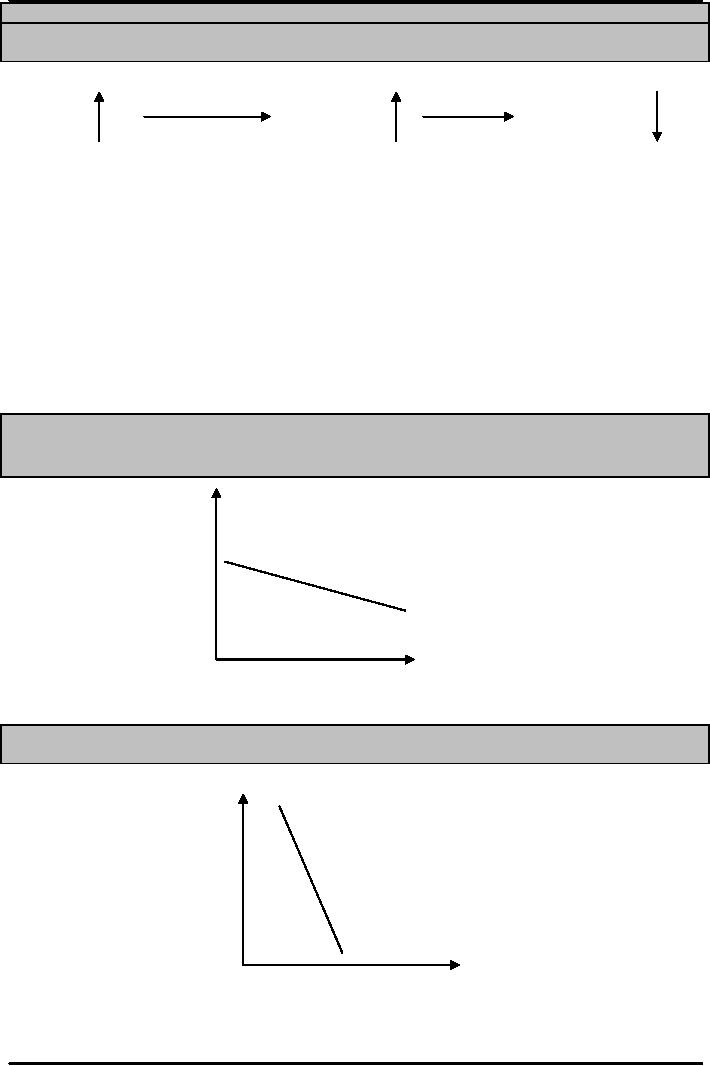
Money
& Banking MGT411
VU
The
link between Current
Inflation and Aggregate
Demand
When
current inflation rises ,
policy makers react by
raising the real interest rate, which
reduces
consumption,
investment, and net exports. The result
is a reduction in aggregate
demand.
Real
Aggregate
Current
Interest
Demand
Inflation
Monetary
Policy
Consumption,
Rate
Investment.
reacts
by tightening
Net
exports all
fall
Changes
in current inflation move the economy
along a downward-sloping aggregate
demand
curve
This
is in addition to the effect of higher
inflation on real money
balances noted
earlier
The
slope of the aggregate demand curve
tells us how sensitive current
output is to a given
change
in current inflation.
The
aggregate demand curve will
be relatively
Flat
if current output is very sensitive to
inflation (a change in current
inflation causes a
large
movement
in current output)
Steep
if current output is not
very sensitive to inflation
Figure
A: When the monetary policy reaction
curve is steep, the central bank
is
aggressive
in keeping current inflation
near its target level, the aggressive
demand curve
is
flat.
Inflation
(š)
Flat
Aggregate Demand
Output
(Y)
Figure
B: When the monetary policy
reaction curve is flat, the central
bank is less
concerned
about
keeping current inflation near
its target level; the
aggregate demand curve is
steep.
Inflation
(š)
Steep
Aggregate Demand
Output
(Y)
131

Money
& Banking MGT411
VU
Three
factors influence the sensitivity of
current output to
inflation:
The
strength of the effect of inflation on
real money balances,
The
extent to which monetary
policymakers react to a change in
current inflation,
The
size of the response of aggregate
demand to changes in the interest
rate
The
second factor relates to the slope of the
monetary policy reaction
curve
If
policymakers react aggressively to a
movement of current inflation away
from its
target
level with a large change in
the real interest rate, the monetary
policy reaction
curve
will be steep and the aggregate
demand curve is flat
If
policymakers respond more cautiously, the
monetary policy reaction
curve is flat and
the
aggregate demand curve is
steep
The
slope of the aggregate demand curve
depends in part on the preferences of
the
central
bank;
How
aggressive policymakers are in
responding to deviations of inflation
from the
target
level
132
Table of Contents:
- TEXT AND REFERENCE MATERIAL & FIVE PARTS OF THE FINANCIAL SYSTEM
- FIVE CORE PRINCIPLES OF MONEY AND BANKING:Time has Value
- MONEY & THE PAYMENT SYSTEM:Distinctions among Money, Wealth, and Income
- OTHER FORMS OF PAYMENTS:Electronic Funds Transfer, E-money
- FINANCIAL INTERMEDIARIES:Indirect Finance, Financial and Economic Development
- FINANCIAL INSTRUMENTS & FINANCIAL MARKETS:Primarily Stores of Value
- FINANCIAL INSTITUTIONS:The structure of the financial industry
- TIME VALUE OF MONEY:Future Value, Present Value
- APPLICATION OF PRESENT VALUE CONCEPTS:Compound Annual Rates
- BOND PRICING & RISK:Valuing the Principal Payment, Risk
- MEASURING RISK:Variance, Standard Deviation, Value at Risk, Risk Aversion
- EVALUATING RISK:Deciding if a risk is worth taking, Sources of Risk
- BONDS & BONDS PRICING:Zero-Coupon Bonds, Fixed Payment Loans
- YIELD TO MATURIRY:Current Yield, Holding Period Returns
- SHIFTS IN EQUILIBRIUM IN THE BOND MARKET & RISK
- BONDS & SOURCES OF BOND RISK:Inflation Risk, Bond Ratings
- TAX EFFECT & TERM STRUCTURE OF INTEREST RATE:Expectations Hypothesis
- THE LIQUIDITY PREMIUM THEORY:Essential Characteristics of Common Stock
- VALUING STOCKS:Fundamental Value and the Dividend-Discount Model
- RISK AND VALUE OF STOCKS:The Theory of Efficient Markets
- ROLE OF FINANCIAL INTERMEDIARIES:Pooling Savings
- ROLE OF FINANCIAL INTERMEDIARIES (CONTINUED):Providing Liquidity
- BANKING:The Balance Sheet of Commercial Banks, Assets: Uses of Funds
- BALANCE SHEET OF COMMERCIAL BANKS:Bank Capital and Profitability
- BANK RISK:Liquidity Risk, Credit Risk, Interest-Rate Risk
- INTEREST RATE RISK:Trading Risk, Other Risks, The Globalization of Banking
- NON- DEPOSITORY INSTITUTIONS:Insurance Companies, Securities Firms
- SECURITIES FIRMS (Continued):Finance Companies, Banking Crisis
- THE GOVERNMENT SAFETY NET:Supervision and Examination
- THE GOVERNMENT'S BANK:The Bankers' Bank, Low, Stable Inflation
- LOW, STABLE INFLATION:High, Stable Real Growth
- MEETING THE CHALLENGE: CREATING A SUCCESSFUL CENTRAL BANK
- THE MONETARY BASE:Changing the Size and Composition of the Balance Sheet
- DEPOSIT CREATION IN A SINGLE BANK:Types of Reserves
- MONEY MULTIPLIER:The Quantity of Money (M) Depends on
- TARGET FEDERAL FUNDS RATE AND OPEN MARKET OPERATION
- WHY DO WE CARE ABOUT MONETARY AGGREGATES?The Facts about Velocity
- THE FACTS ABOUT VELOCITY:Money Growth + Velocity Growth = Inflation + Real Growth
- THE PORTFOLIO DEMAND FOR MONEY:Output and Inflation in the Long Run
- MONEY GROWTH, INFLATION, AND AGGREGATE DEMAND
- DERIVING THE MONETARY POLICY REACTION CURVE
- THE AGGREGATE DEMAND CURVE:Shifting the Aggregate Demand Curve
- THE AGGREGATE SUPPLY CURVE:Inflation Shocks
- EQUILIBRIUM AND THE DETERMINATION OF OUTPUT AND INFLATION
- SHIFTS IN POTENTIAL OUTPUT AND REAL BUSINESS CYCLE THEORY